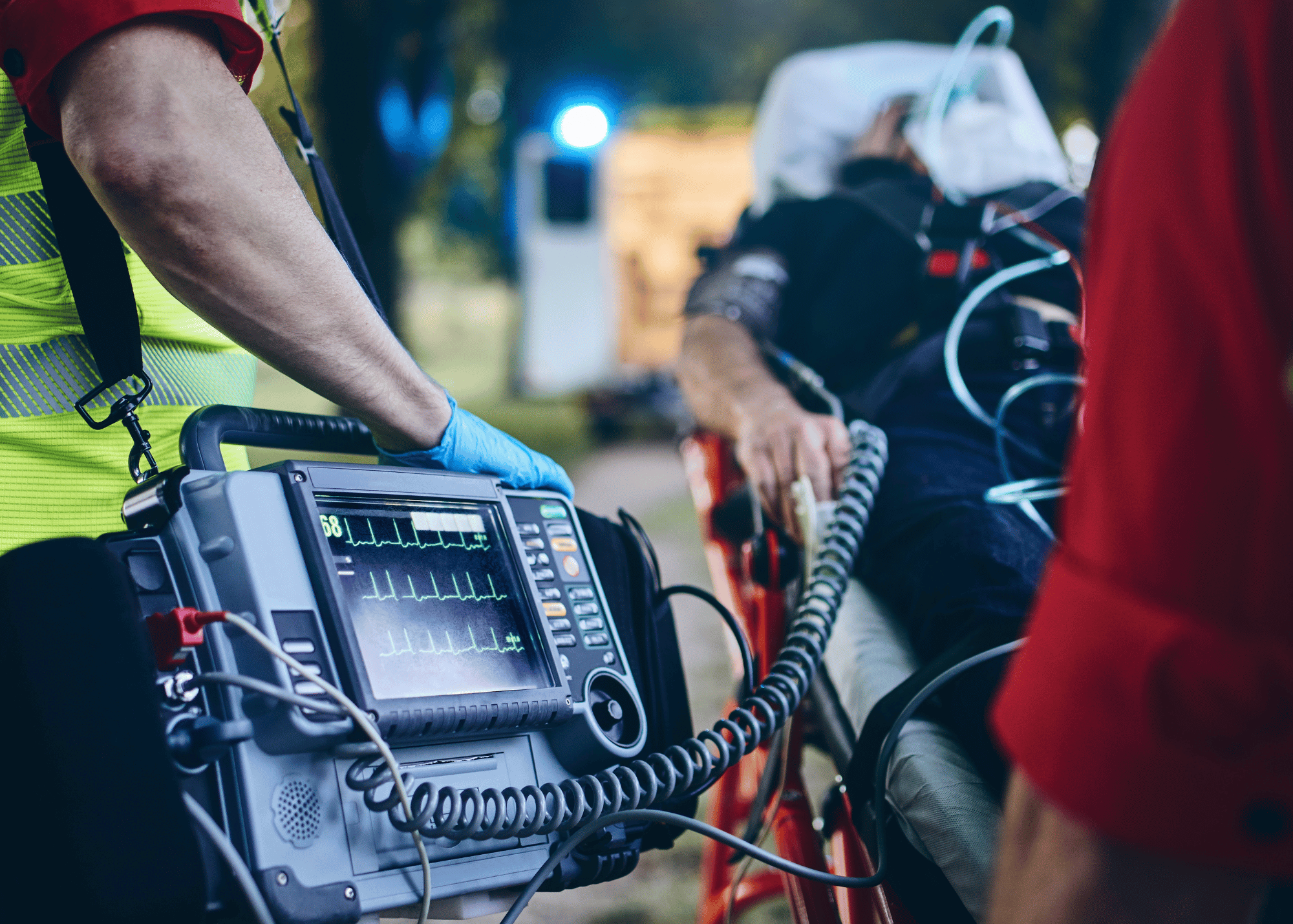
27 Jul 5 Ways to Efficiently Onboard And Retain EMS Employees
According to the American Ambulance Association, the emergency medical services (EMS) sector posted poor worker retention rates in 2022, with overall turnover rates being in the range of between 21% and 36% for the different occupations within the industry. These workers included paramedics and emergency medical technicians (EMTs), among others.
Experts note a variety of contributing factors to this phenomenon, including a lack of work-life balance and often underwhelming benefits. Yet, one of the more surprising factors discovered was a poor onboarding process, with new EMS employees having minimal training, not being introduced to any sort of EMS LMS (learning management system), and not receiving any ongoing support to better perform their job.
This short guide offers five ways to efficiently onboard and retain EMS employees so you can add other methods to your employee retention plan.
Find Qualified Applicants
The first step to improving the onboarding process and reducing EMS attrition rates is finding the right applicants. Take every opportunity to find applicants that have the right qualifications and certifications for your specific position. As much as possible, you should also find applicants with similar values and work ethics as the existing team in the EMS organization.
While this will take more time and effort on your part, the results of a proper selection process are worth it in the long run. As with most industries, you need to find candidates who are skilled and passionate about the EMS field. These traits can help ease the burden of the training and provide internal motivation that can alleviate the stress of the work.
That said, hiring new graduates or persons without previous experience should also be considered. By all means, everyone should have the opportunity to find work in the EMS field. If you are considering hiring someone who’s just finished their EMS training, however, make sure to look into aspects of their personality, such as attentiveness, compassion, and diligence. You can also invest in a type of culture index tool to standardize the questions you ask all interested applicants.
Make the Hiring Process More Efficient
In medical institutions, as in most workplaces, human resource processes such as recruitment and onboarding should be prioritized and evaluated from time to time. While the hiring procedures for EMTs, paramedics, and other health care providers might be different from other industries, there is the same need to constantly improve the interview and recruitment processes for better onboarding results.
One suggestion is to have scheduled interview dates three to four times a year, regardless of the job openings in your organization. It is a proactive approach to simplify the hiring process, shaving a few weeks off from the recruitment period. Although this process is more resource-consuming, it efficiently provides your organization with a pool of qualified applicants, reducing the effort and cost of searching for new hires.
Invest in a Virtual Classroom or EMT LMS
All employees, regardless of experience or skill, need to be trained and updated with the latest best practices and techniques. This is especially true for the field of emergency medical services, which is highly reliant on technologies and specialized methodologies.
Invest in training and development programs, like a virtual classroom or an EMS LMS solution, which will allow you and your team to be up-to-date with the newest industry trends and to be trained to adopt new and emerging best practices. Ideally, you should find a learning solution that will enable you to administer tests, exams, and other educational or compliance programs over any internet-enabled device. You should also consider a learning management system that will allow you to create a virtually unlimited number of tests, customized PDFs, and any other type of files necessary to train your employees.
Redesign or Enhance Preceptor Programs
Preceptor training programs are educational tools to partially transition some of the duties of a staff member to a preceptor, who then acts as a support person to various residents. This is essential to any medical group, as it takes initial training even further by providing employees with ongoing support. This may help improve the confidence of EMTs and paramedics, knowing that they have someone they can ask on the spot for any concerns that may arise.
It’s a good idea to start with a small group of preceptors first and then continue to expand each year as the program evolves. Each medical organization has its own set of values and goals, so make sure that your preceptor embodies all these qualities as much as possible. Having a well-trained and committed group of preceptors helps increase a new employee’s chance of success and reduces the risk of attrition.
Improve Orientation Processes
Your orientation processes should evolve as needed. As previously mentioned, the medical field is constantly changing, and as such, your leadership team should be able to adapt along with it. Your preceptor group must constantly evaluate your current orientation processes to see which strategies are still effective and which need to be changed. It is also a good idea to interview individuals who have recently gone through orientation to receive valuable feedback.
Some aspects to consider when auditing your orientation process are the length of time in training, how easy to understand the lessons were, and the helpfulness of the assigned preceptor, among other things.
These five steps may seem simple enough, but following them can have a dramatic effect on your EMS organization’s overall retention rate. This not only reduces the amount of money you spend on finding applicants and orienting them but also significantly improves their performance and satisfaction.
About The Author
Germaine Ignacio is a freelance writer. As a Psychology major, she is interested in how investing in personal growth and happiness can improve professional productivity. She is also an avid baker who lives with two cats.
No Comments